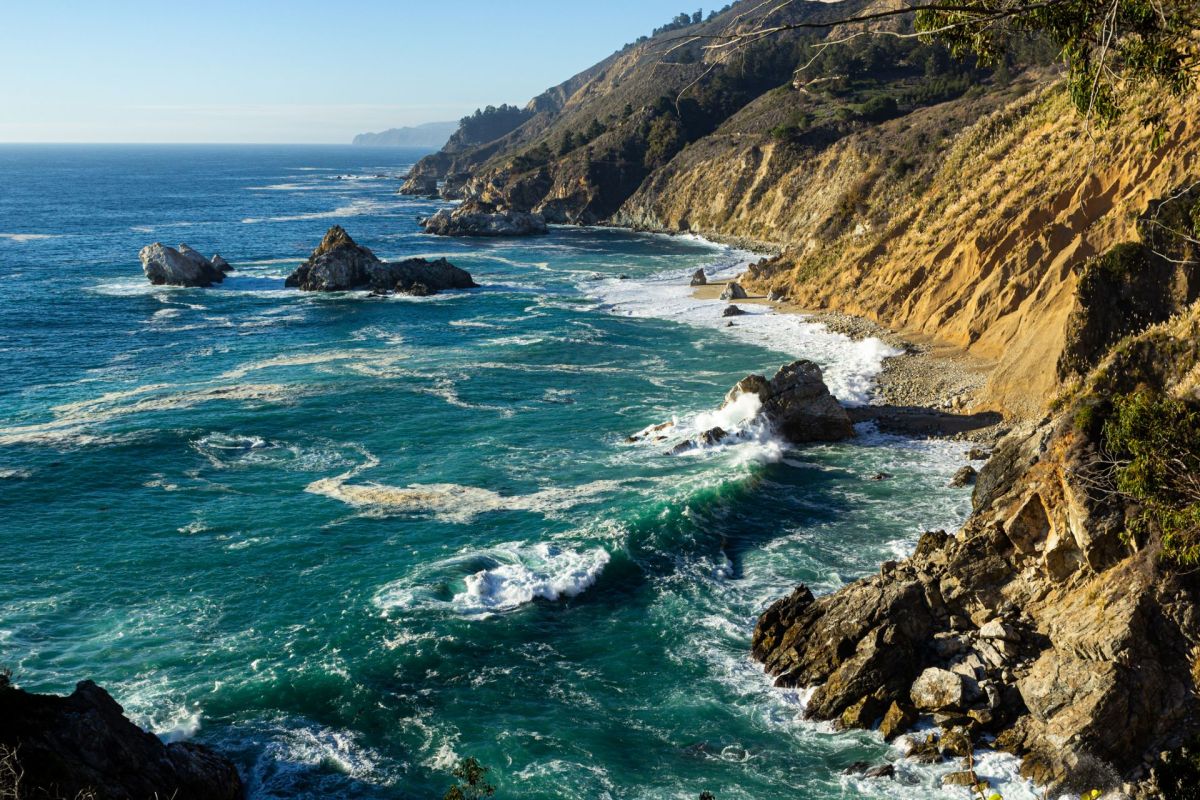A new study showed that the average height of waves in California has grown by as much as a foot in the last 50 years during winter, the Associated Press reported.
While this might be good news for surfers, it's bad news for coastal communities.
Extreme wave events occur when waves are taller than 13 feet. The number of extreme wave events between 1996 and 2016 has doubled compared to the number between 1949 and 1969.
While big-wave surfers may find themselves with more options, the bigger waves can be dangerous for less experienced surfers. And as the waves continue to grow, other surfing spots could be lost.
Beyond surfing, bigger waves also pose a problem for coastlines.
The Ventura pier, just north of LA, was forced to close in January after suffering significant damage during a winter storm. The damage was so bad that the pier may have to remain closed for the rest of the year. The repairs are estimated to cost $715,000.
Larger waves also crumble coastline cliffs. The constant beating of waves is eroding California's cliffs faster than expected.
Peter Bromirski, the study's author and a scientist at the Scripps Institution of Oceanography, said, "Higher waves with higher sea levels allows more wave energy to reach vulnerable sea cliffs and also enhances coastal flooding as well as damage to coastal infrastructure."
According to the California Coastal Commission, average sea levels along the coast have risen roughly eight inches in the last century. One study estimated that up to 70% of the state's beaches could be completely eroded by the end of this century.
In 2020, California's Legislative Analyst's Office released findings estimating that up to $10 billion worth of property will likely be underwater, with even more property at risk during high tide, by 2050.
Multiple studies have linked the bigger waves to the warming of the ocean. The warmer water increases evaporation, which leads to more ferocious storms. It also leads to more intense winds, which leads to larger waves, reported KQED.
Tom Mortlock, one of the authors of a 2021 study linking warmer oceans to wave power, told KQED, "The areas where we see the most warming in the global oceans is where we tend to see the most significant increases in wave power. The reason for this is that as oceans warm, they intensify the circulation of winds over the ocean, and stronger winds drive higher waves."
Join our free newsletter for cool news and cool tips that make it easy to help yourself while helping the planet.









